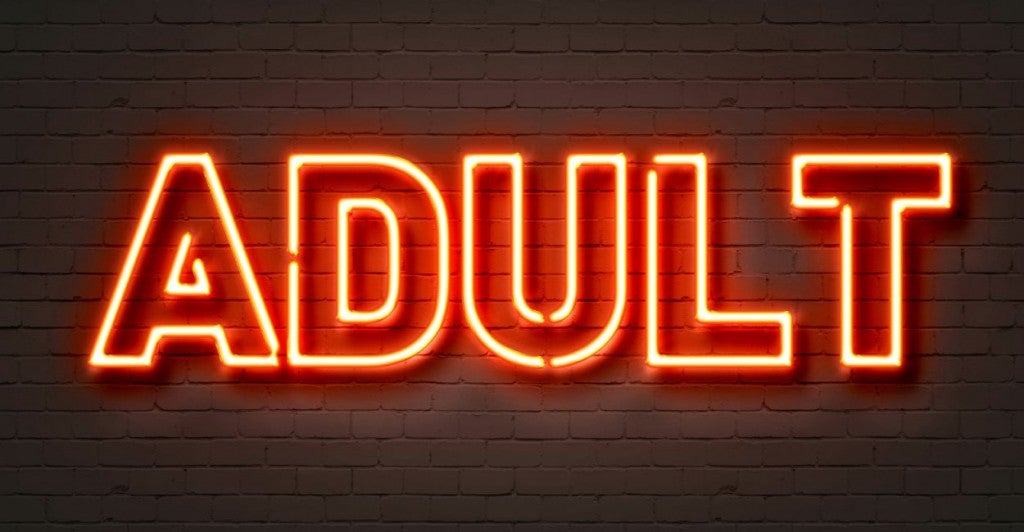Pornography is the public health crisis of the digital age.
This is what a panel of experts concluded at the National Center on Sexual Exploitation’s Capitol symposium as they discussed the harmful ramifications of pornography. Specifically, they evaluated pornography’s influence on sex trafficking, child exploitation and sexual violence.
“This is not only a public health issue, it is a social justice issue,” said Cordelia Anderson, founder of Sensibilities Prevention Services. “It’s not the sex that’s the problem, it’s the violence. It’s not the nudity that’s the problem, it’s the novelty.”
The panel identified ways pornography contributes to violence against women. According to a 2010 study published in Violence Against Women, nearly 90 percent of 304 pornographic scenes evaluated by experts included physical aggression including spanking, gagging and slapping. Recipients of these violent misdemeanors were most frequently women.
Additionally, multiple studies were cited indicating increased rates of behavioral violence and aggression against women and children among men who view pornography.
But pornography is a more serious issue than many initially perceive. Melissa Farley, executive director at Prostitution Research and Education, compared pornography to prostitution and sex trafficking.
“The same kinds of violence against women are perpetrated in pornography, prostitution and trafficking,” Farley said. “Disconnecting trafficking from prostitution and pornography normalizes most of the sex industry.”
Farley said pornography is a business enterprise — the industry documents sexual assaults of individuals and then makes a profit from those misdemeanors as a result. But because pornography is legal, it is more difficult to tackle, expose and take action against the offenses than those of prostitution and sex trafficking.
Furthermore, these violent images are reaching increased demographics and influencing cultural attitudes and behaviors.
“We believe that this is an issue that calls out, cries out, for leadership,” Ernie Allen, former president and CEO of the National Center for Missing and Exploited Children and International Centre for Missing and Exploited Children. “The developing brains of younger and younger children are being bombarded by graphic, dehumanizing images.”
According to Mary Anne Layden, director of the Sexual Trauma and Psychopathology Program Center for Cognitive Therapy at the University of Pennsylvania, pornography is molding children’s sexual attitudes and behaviors that carry over into adulthood.
As a result, typical messages children receive include that sex is casual and not about intimacy, love or respect; sex is not about marriage or having children; and there is no such thing as too much sex.
“That’s because the sex industry is giving them sexual junk food,” Layden said. “If you eat the sexual junk food, you may become sexually obese.”
Pornography normalizes violent and abusive sexual acts, Layden said. As a result, men who are “sexually obese” tend to think women enjoy rape, have a greater desire for sex without emotional connection and rank higher on psychopath test scores.
Additionally, these men are more likely to engage in extramarital affairs and seek prostitutes, while “sexually obese” women are more likely to believe in softer punishments for rapists, have greater levels of low body self-esteem and are more likely to be victims of non-consenting sex.
“The commonality of all of these is that pornography provides a slippery slope to exploitation and abuse,” said Ed Smart, father of kidnap victim Elizabeth Smart and director of Prevention and Rehabilitation at Operation Underground Railroad.
In order to combat this problem, Allen referenced default filtering, a tactic used in Britain by David Cameron that is automatically applied to all households. Customers can then proceed to continue using the filter or deactivate it.
“Out of that model, I think there may be a solution, there might be a way forward,” Allen said. “We can do something about this and it does not necessarily require legislation, although legislation would be great.”
